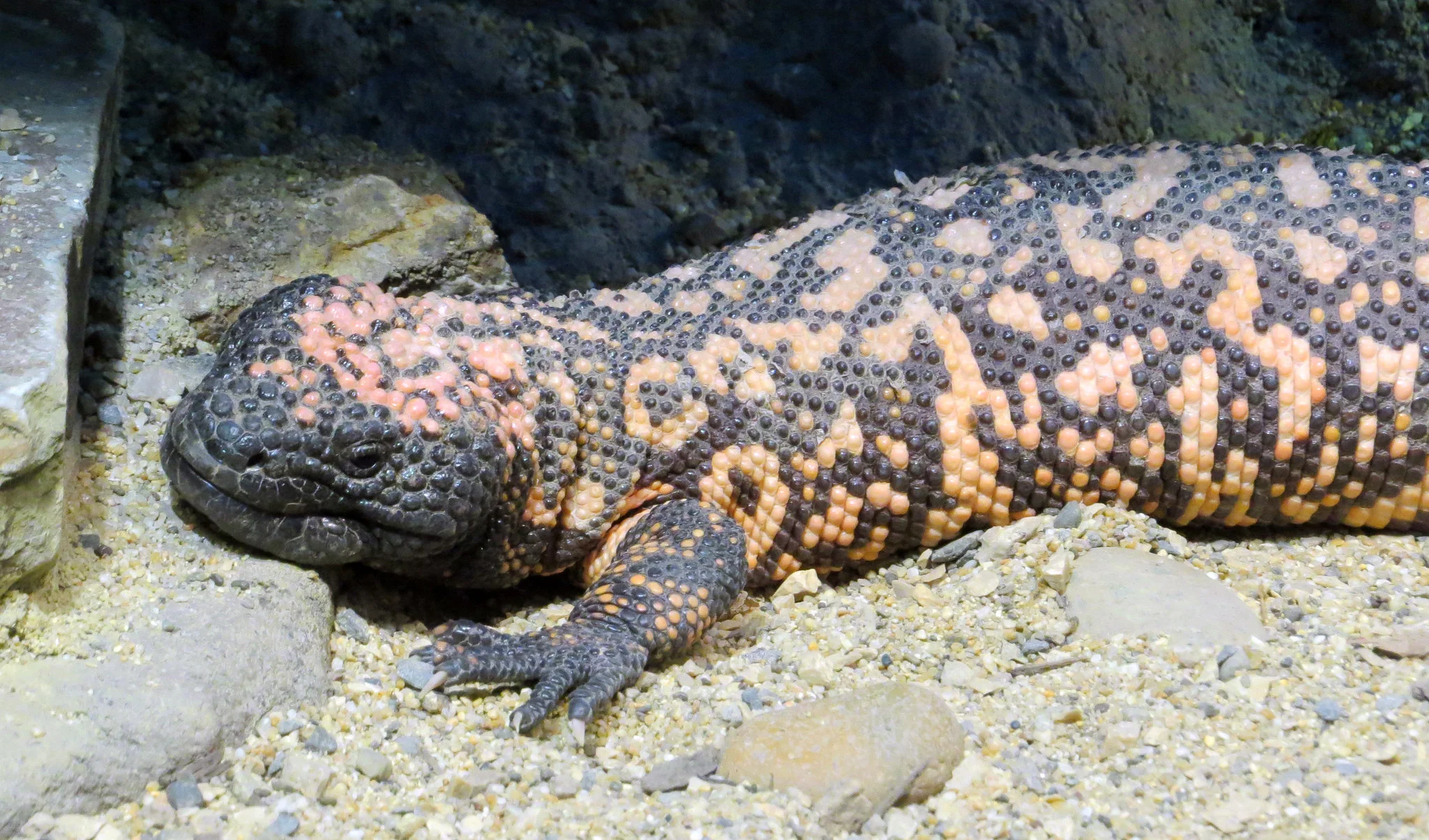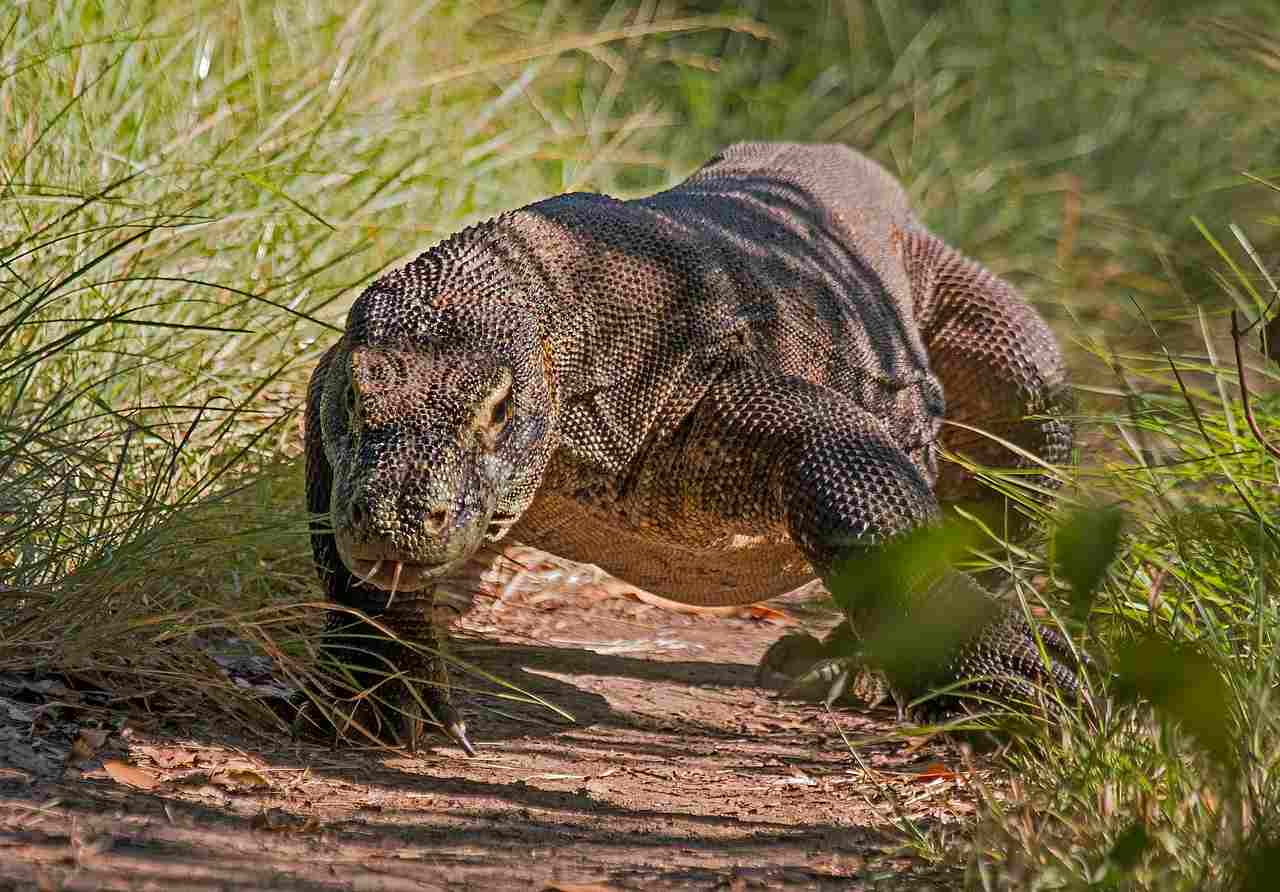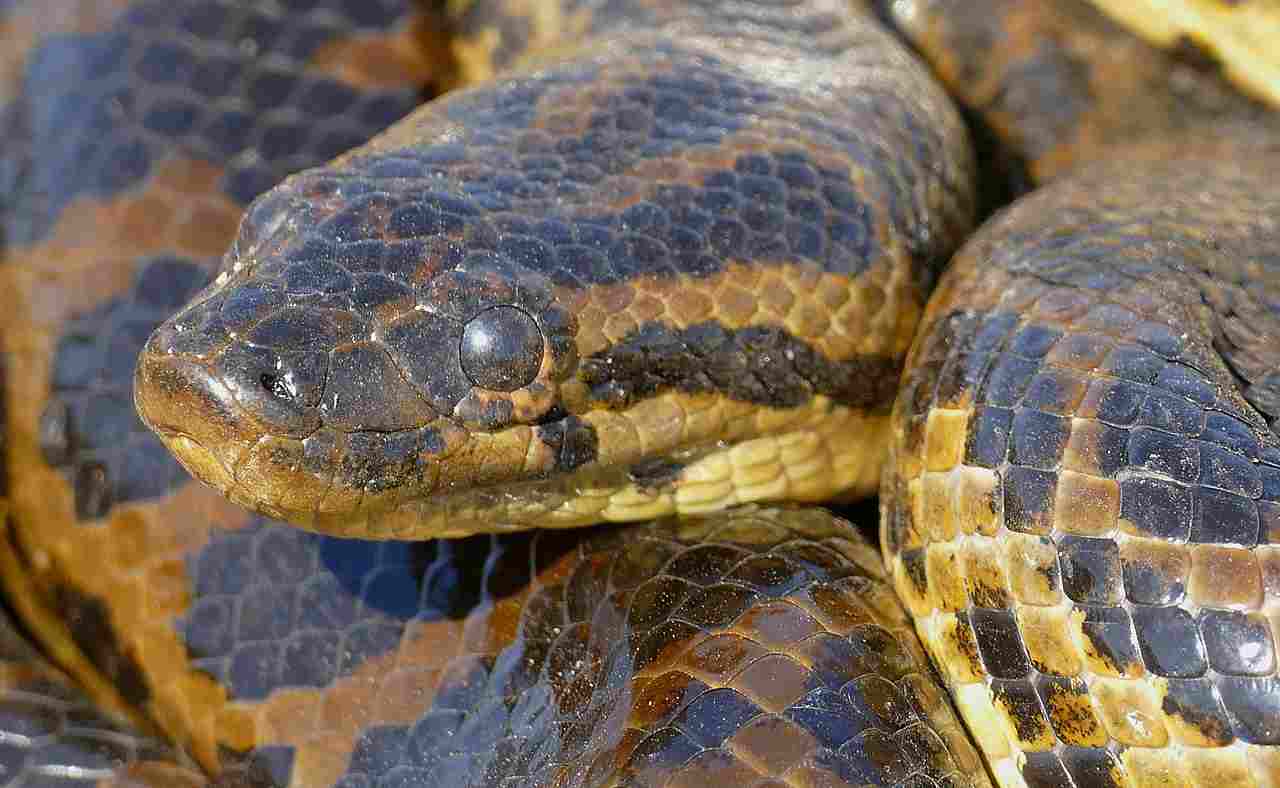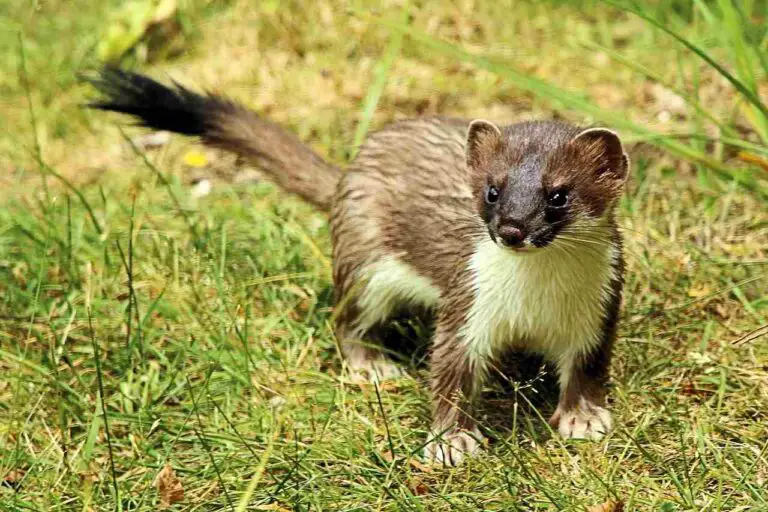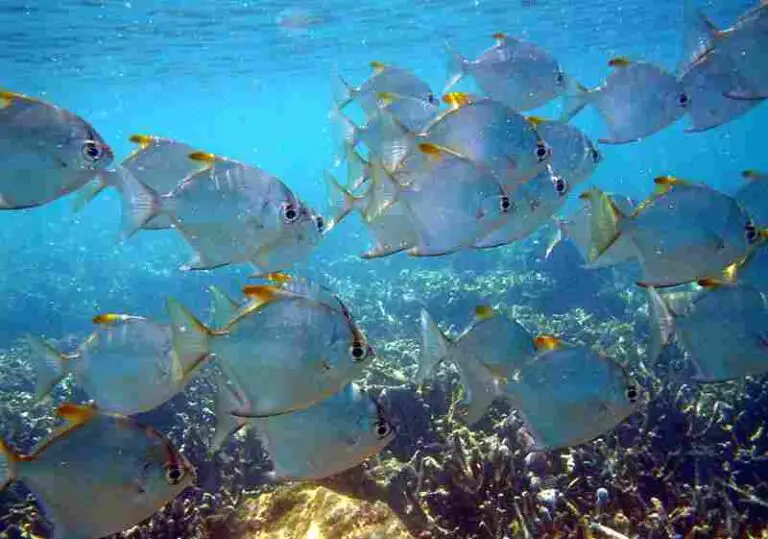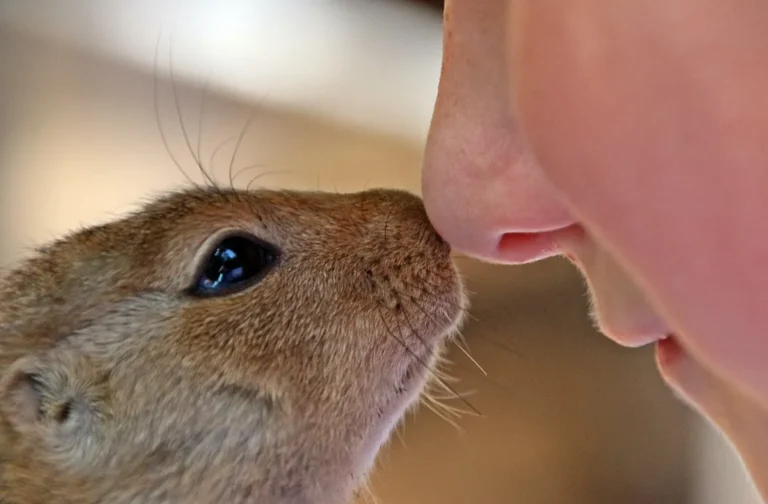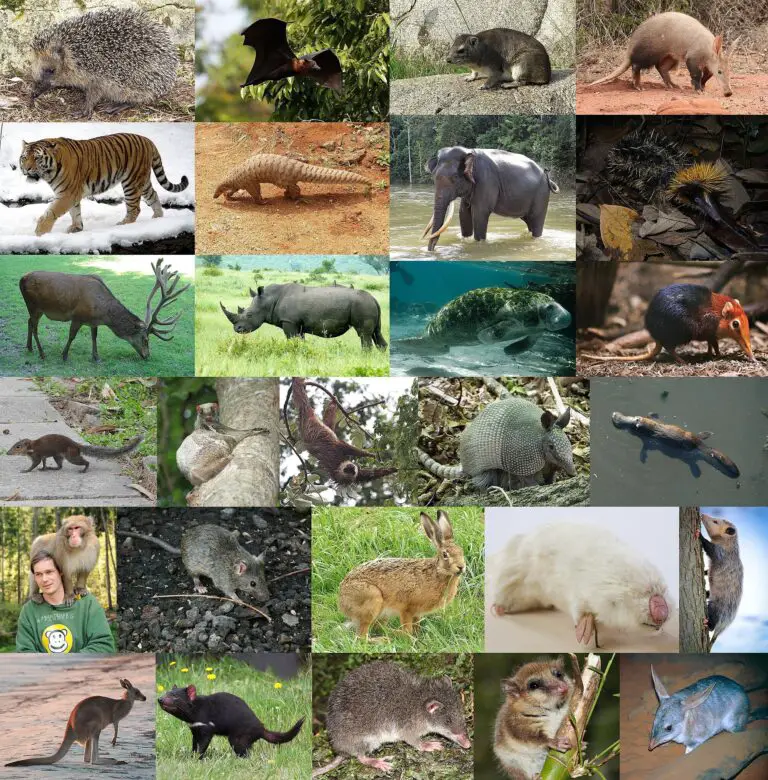Monitor Lizard Vs Cobra Size, Weight, Overall Comparison
In the realm of predatory encounters, the battle between a king cobra and a monitor lizard is a captivating spectacle, often resulting in varied outcomes influenced by species traits and individual abilities. While the king cobra will likely emerge victorious in confrontations with monitor lizards, including the formidable Komodo dragon, the ultimate outcome is contingent upon numerous factors, showcasing the dynamic nature of these encounters.
I. Predatory Encounters:
– In a confrontation between a king cobra and a monitor lizard, the king cobra is likely to emerge victorious due to its highly potent venom and striking instinct, unless against notably large and venomous monitor lizards like the Komodo dragon. Other cobra species may however not perform as well as the king cobra against monitor lizards.
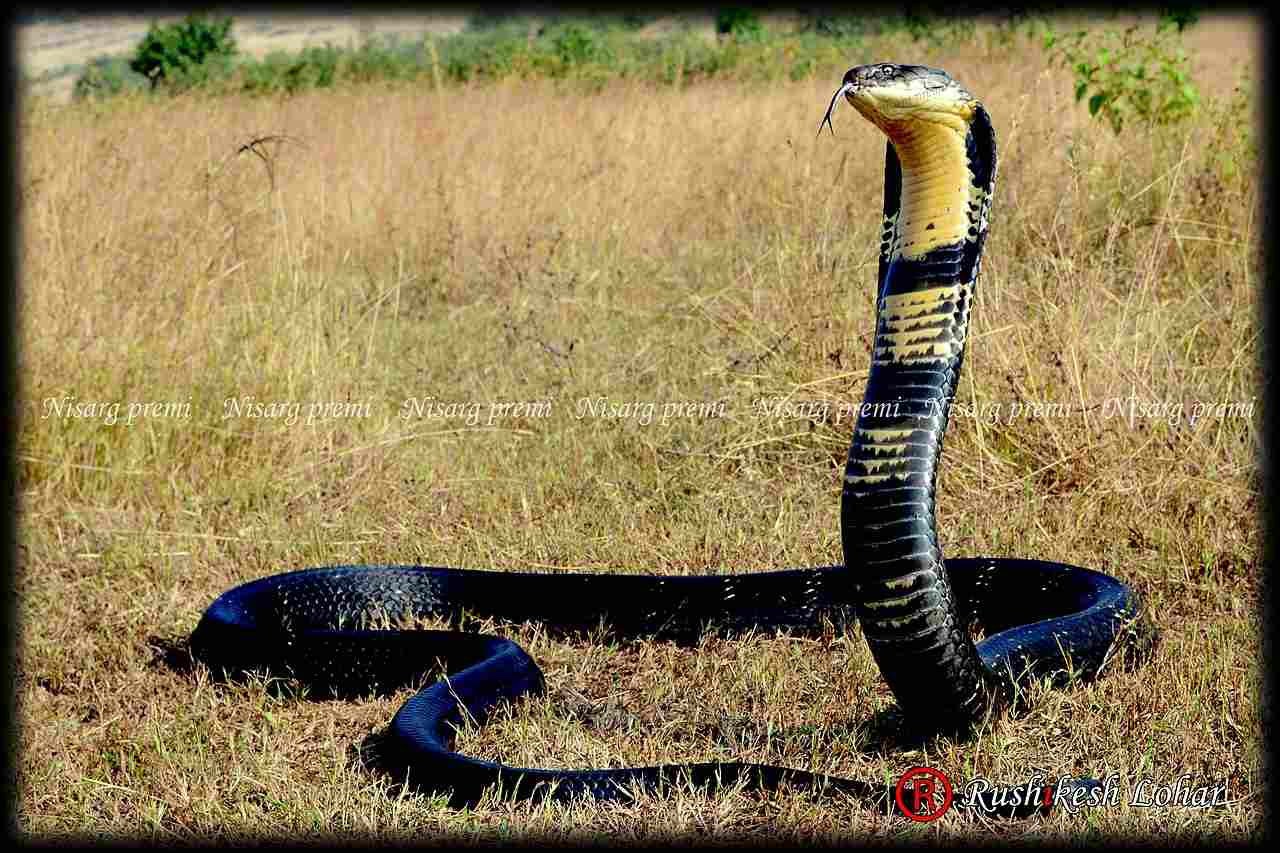
II. Varied Outcomes:
– The outcome of battles depends on factors such as species and individual capabilities.
III. Individual Abilities:
– Adult king cobras can overpower monitor lizards like the water monitor, while certain monitor lizards, like the Komodo dragon, exhibit the ability to defeat various cobra species.
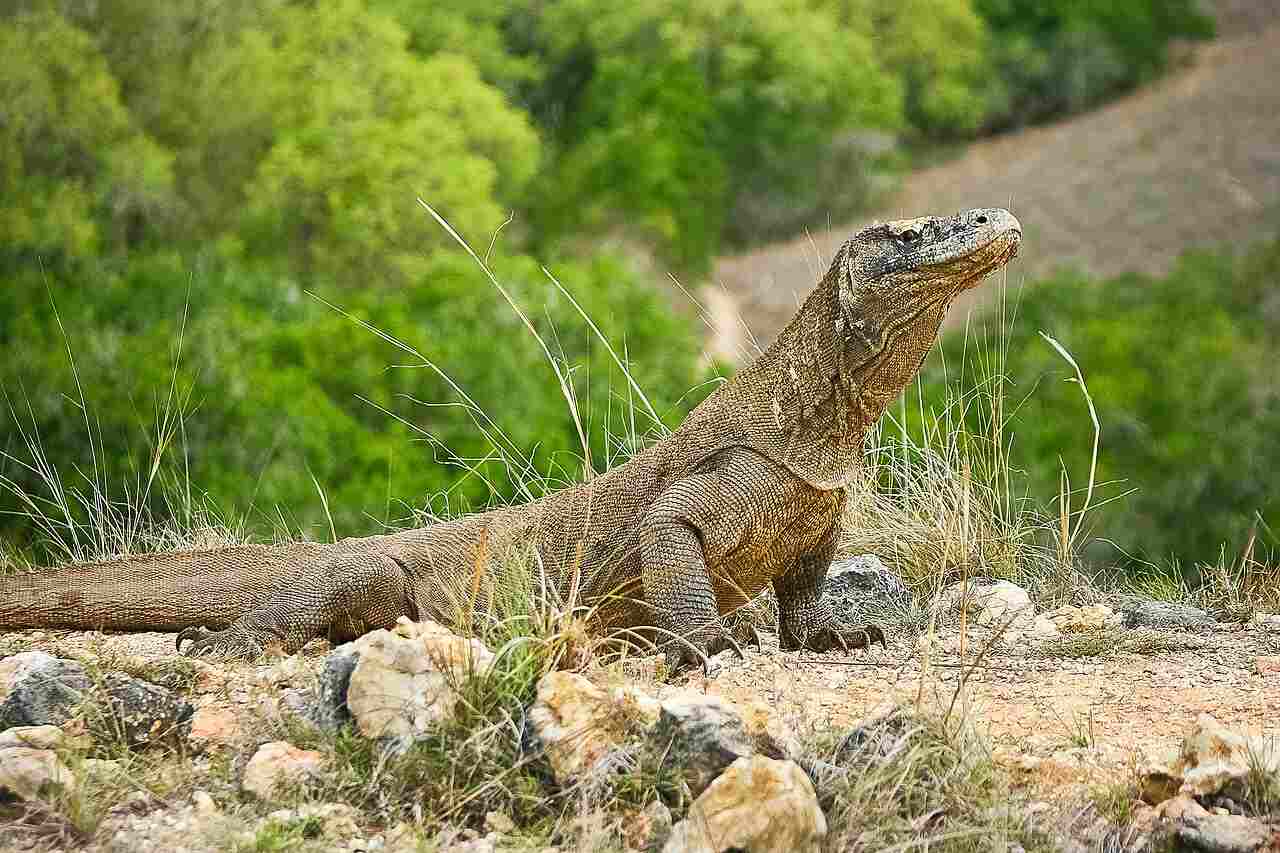
*Details of Comparison
| Criteria | Monitor Lizard | Cobra |
| Taxonomy | Family Varanidae, Genus Varanus |
Family Elapidae, Genus Naja
|
| Appearance | Robust, varied colors, sharp claws |
Slender, vibrant colors, hooded appearance
|
| Size | Varied, some exceeding 10 feet |
Generally 4 to 9 feet
|
| Weight | Variable, some exceeding 150 pounds |
Generally a few to 20 pounds
|
| Bite Force (PSI) | Variable, strong bite emphasis |
Primarily venomous bites
|
| Physical Offensive Advantages | Strong bite and potential bacterial infection |
Venomous fangs for prey subduing
|
| Physical Defensive Advantages | Tough skin, strong limbs |
Defensive hooding behavior, venom
|
| Speed | Moderate to fast runners |
Limited ground speed, excel in climbing
|
| Agility | Agile climbers and swimmers |
Agile in slithering and striking
|
| Senses | Excellent smell, keen eyesight |
Limited smell, exceptional eyesight
|
| Overall Physical Capacity | Robust and adaptable |
Suited for stealth and ambush
|
| Habitat Preference(s) and Geographic Region | Diverse habitats, global distribution |
Woodlands, grasslands, Africa, Asia, Middle East
|
| Tracks | Claw marks, tail drags |
Slither marks, no limb prints
|
| Lifespan | Varied, some over 50 years in captivity |
Generally 12 to 20 years
|
| Mode of Feeding | Carnivores, varied diets |
Carnivores, focus on venom-assisted prey capture
|
| Intelligence | Exhibit problem-solving skills |
Limited cognitive abilities
|
| Social Behavior | Varied social structures |
Predominantly solitary
|
| Mode of Reproduction | Varied, oviparous and viviparous | Oviparous |
| Parental Behavior | Limited parental care |
No parental care after laying eggs
|
| Proximity to Human-Inhabited Areas | Tolerant, adapt to urban environments |
Generally avoid human-populated areas
|
| Behavior Toward Humans | Varied responses, some tolerate human presence |
Generally defensive, may be aggressive when threatened
|
| Danger Posed to Humans | Generally less dangerous; bites can cause injury |
Highly venomous, bites can be fatal
|
| Associated Precautions | Caution advised, relocation measures |
Extreme caution, antivenom crucial
|
| Conservation Status | Varied, face habitat loss and illegal trade |
Varied, conservation concerns due to multiple factors
|
Key Points
- Monitors and cobras belong to different families and genera within the Squamata order.
- Monitors have a more robust appearance with varied colors, while cobras are slender with vibrant colors and a hooded appearance.
- Monitors exhibit a wider size range, greater weight, and varied bite forces compared to cobras.
- Monitors use physical strength, bacterial infection, and varied diets for offense, while cobras rely on venomous bites.
- Monitors have better ground mobility and varied social structures, while cobras excel in climbing and are predominantly solitary.
- Monitors often show more adaptability to human presence, while cobras generally avoid human-populated areas.
- Cobras pose a more immediate danger to humans due to their venom, while monitors are generally less threatening.
- Conservation challenges for both include habitat loss, illegal trade, and human interactions.
1. Taxonomy
Monitor Lizard:
Order: Squamata
Family: Varanidae
Genus: Varanus
Species: Varanus (various species, e.g., Varanus komodoensis – Komodo dragon)
Cobra:
Order: Squamata
Family: Elapidae
Genus: Naja (various species, e.g., Naja naja – Indian cobra)
Both monitor lizards and cobras belong to the order Squamata, but they differ in family and genus classifications.
2. Appearance:
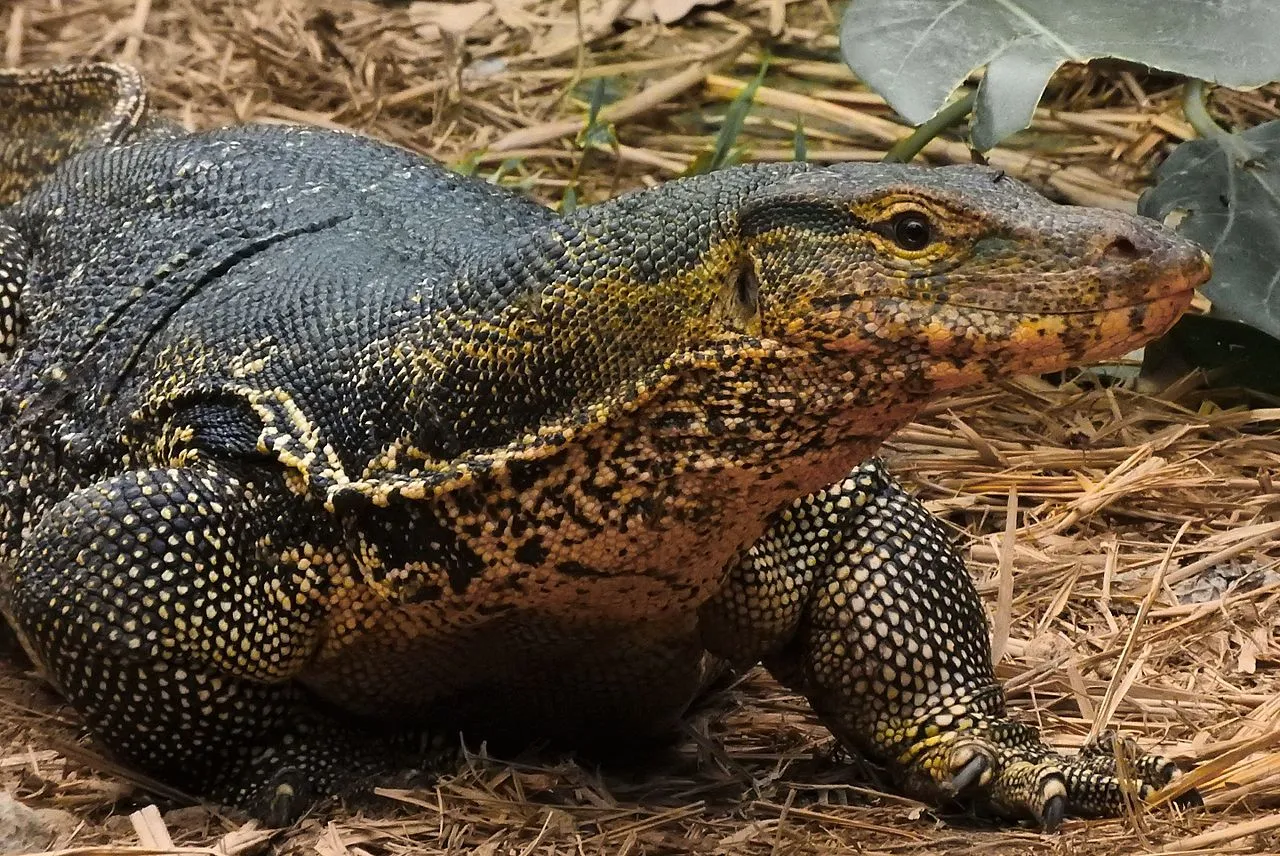
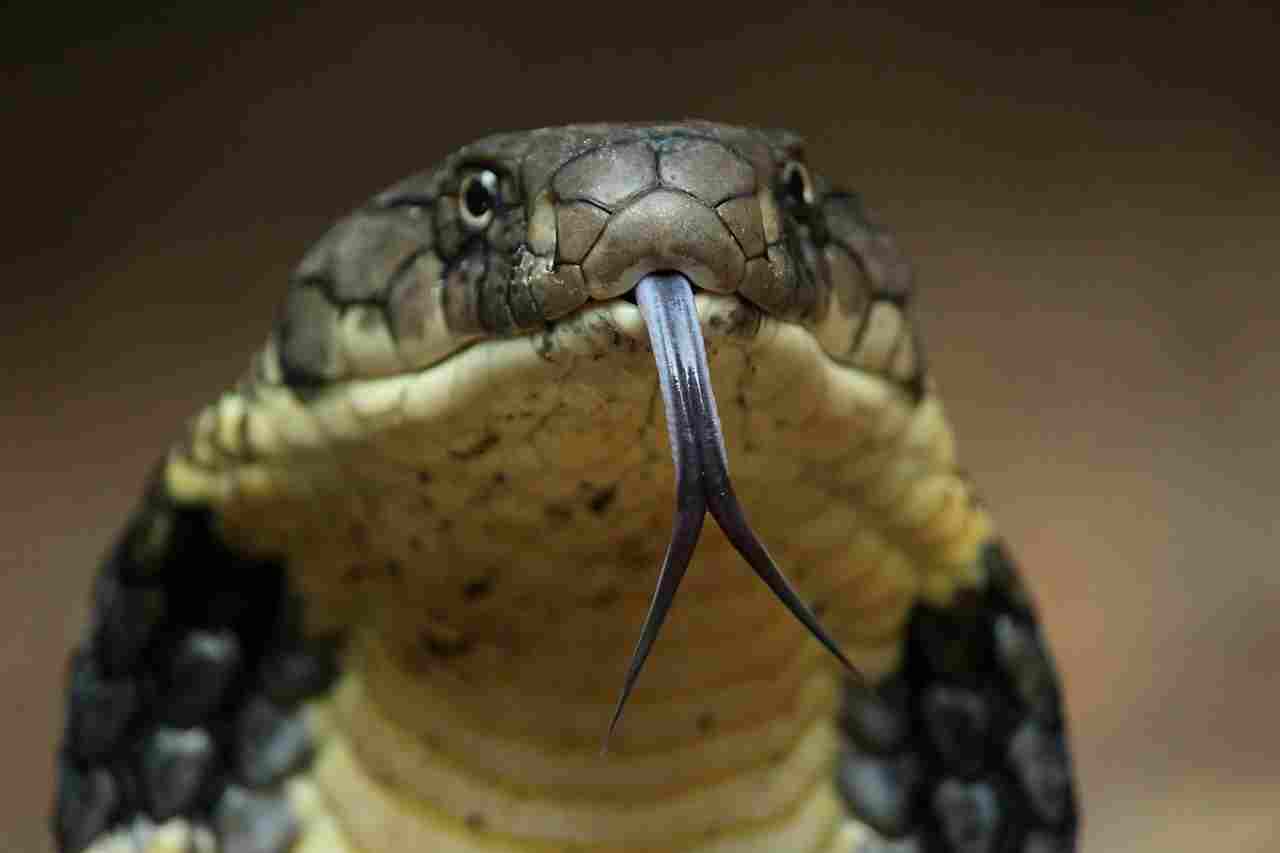
Monitor Lizard:
Robust, elongated bodies with scales.
Varied colors and patterns; some have distinct markings.
Strong, muscular tails; sharp claws; forked tongues for sensory perception.
Cobra:
Slender, elongated bodies with smooth scales.
Typically exhibit vibrant colors such as browns, blacks, or greens.
Hooded appearance when threatened, displaying a distinctive marking on the neck.
Comparison: While both share elongated bodies and scales, monitors display more varied colorations, while cobras are known for their iconic hooded appearance.
Ecological Implications: These features aid in camouflage for monitor lizards and serve as warning signals for cobras, influencing their interactions with predators and prey.
3. Size:
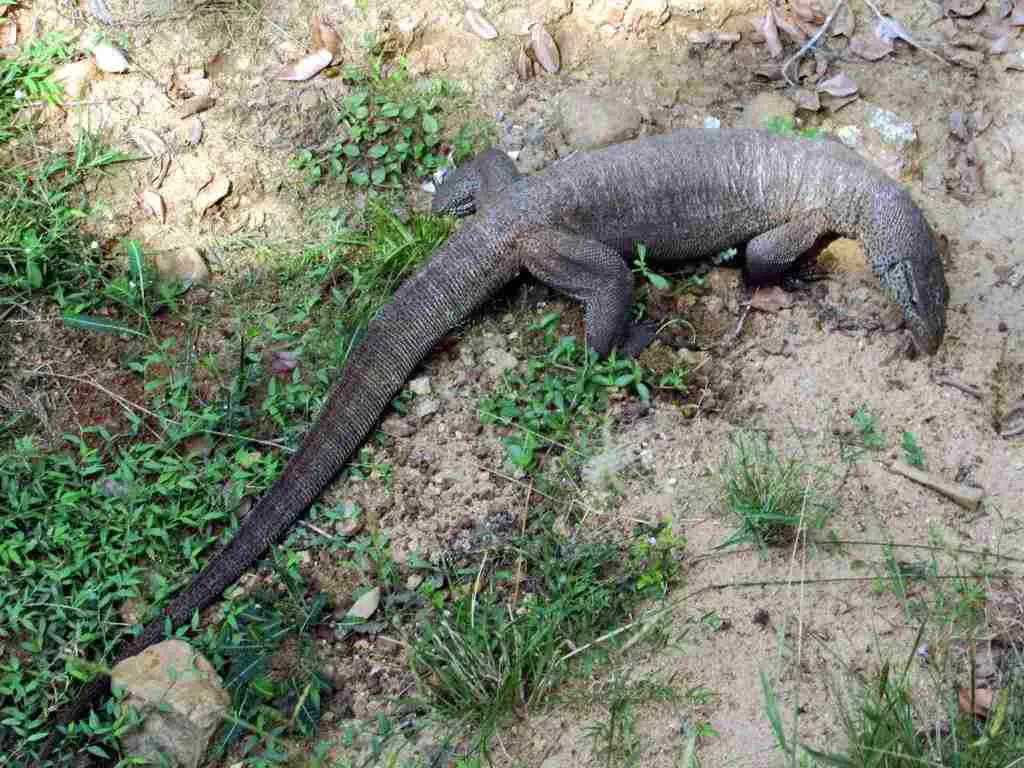
Monitor Lizard:
Varied sizes, ranging from a few inches to over 10 feet, depending on the species.
Komodo dragons, the largest, can exceed 10 feet in length.
Cobra:
Length varies among species, generally ranging from 4 to 9 feet.
Spectacled cobra, for instance, can reach lengths of around 6 feet.
Comparison: While size ranges overlap, monitors tend to have a broader size spectrum, including both smaller and larger species.
Ecological Implications: Size influences their roles in the ecosystem, with larger monitors potentially occupying different ecological niches than smaller cobras.
4. Weight:
Monitor Lizard:
Weight varies widely among species.
Komodo dragons can weigh over 150 pounds.
Cobra:
Weight ranges from a few pounds to around 20 pounds.
Weight is influenced by species and age.
Comparison: Generally, monitor lizards exhibit greater weight, particularly the large Komodo dragons.
Ecological Implications: Weight affects hunting strategies and prey preferences, impacting their role in maintaining ecological balance within their habitats.
5. Bite Force (PSI – Pounds per Square Inch):
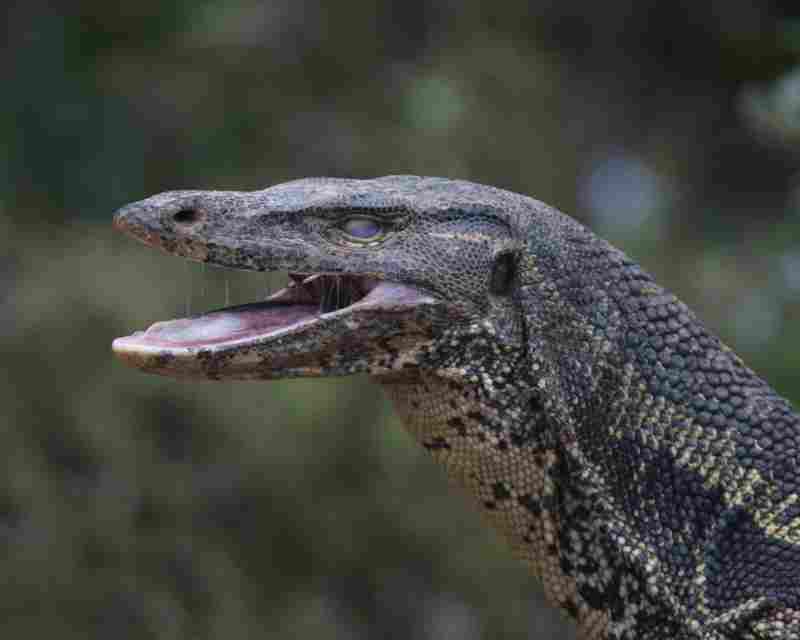
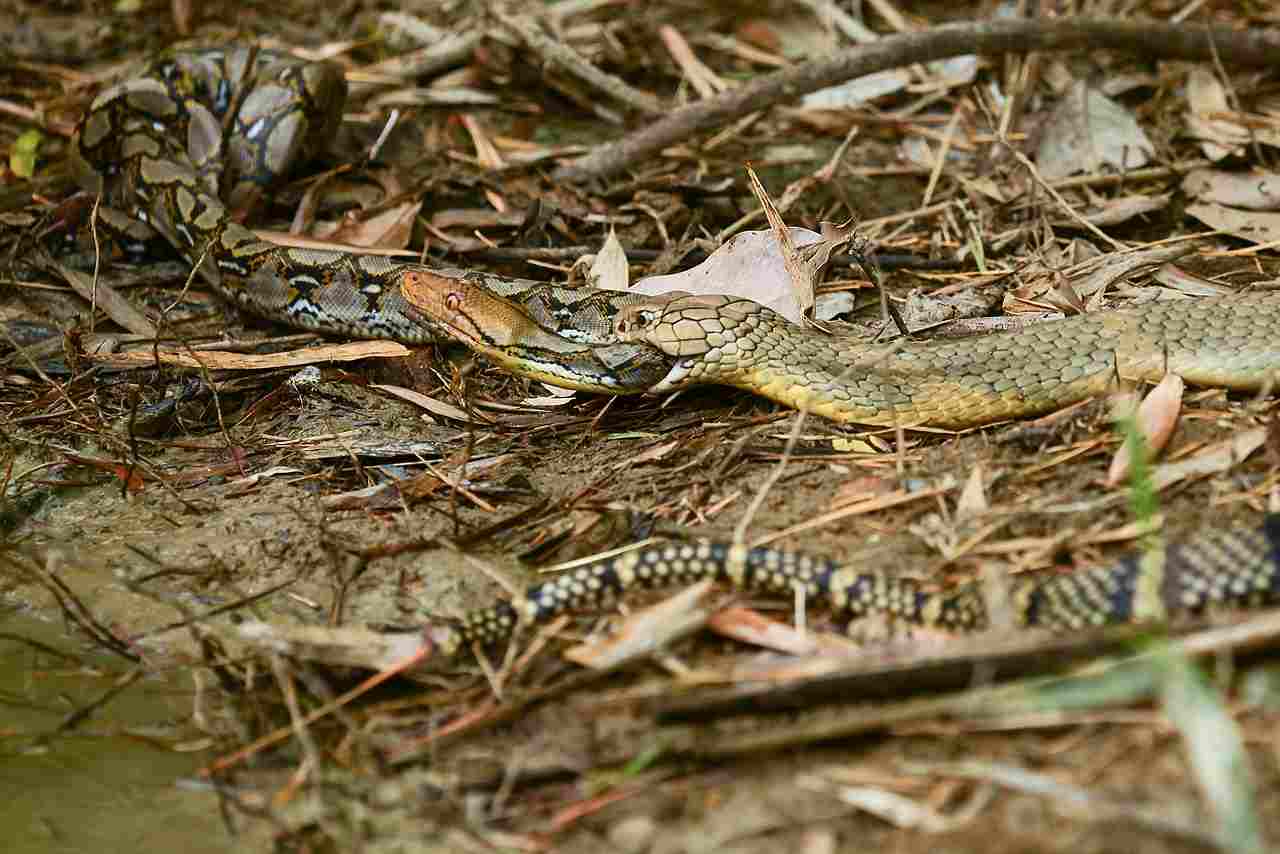
Monitor Lizard:
Variable bite force; Komodo dragons have a powerful bite.
Exact PSI varies among species.
Cobra:
Cobras possess potent venom but do not rely on bite force.
Comparison: Monitors emphasize bite force, especially for subduing larger prey, whereas cobras rely on venom for prey immobilization.
Ecological Implications: This divergence in biting strategies influences their ecological roles, with monitors potentially being more versatile hunters in terms of prey size.
6. Physical Offensive Advantages:
Monitor Lizard:
Powerful jaws and sharp teeth for biting.
Some species, like Komodo dragons, use a combination of strong bite force and bacterial-infected saliva for prey incapacitation.
Cobra:
Venomous fangs deliver potent neurotoxic venom for subduing prey or defending against predators.
Comparison: Monitors primarily rely on physical strength and potentially harmful bacteria, while cobras deploy venom as their primary offensive mechanism.
Ecological Implications: These offensive strategies impact their roles in controlling prey populations and contribute to the balance of their respective ecosystems.
7. Physical Defensive Advantages:
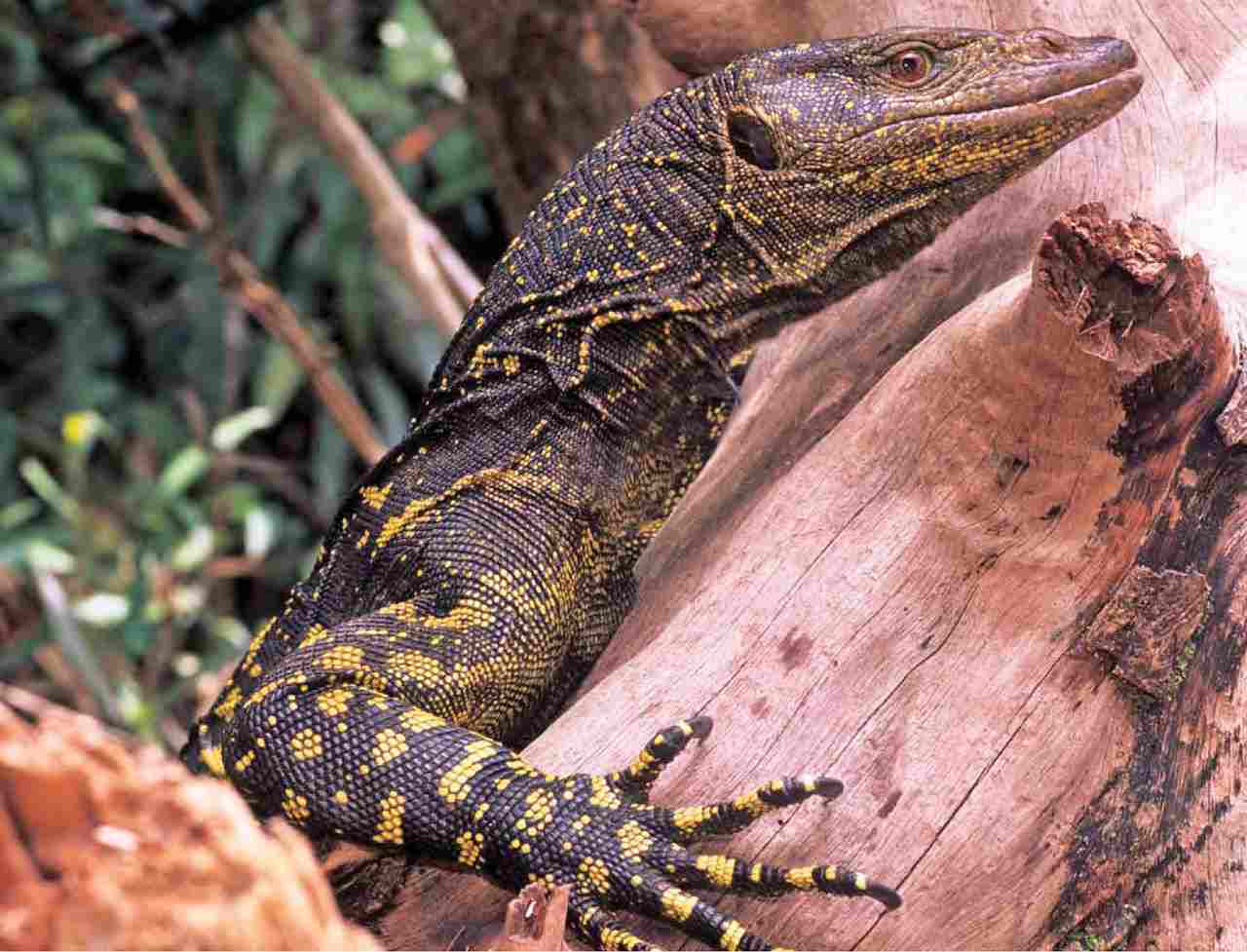
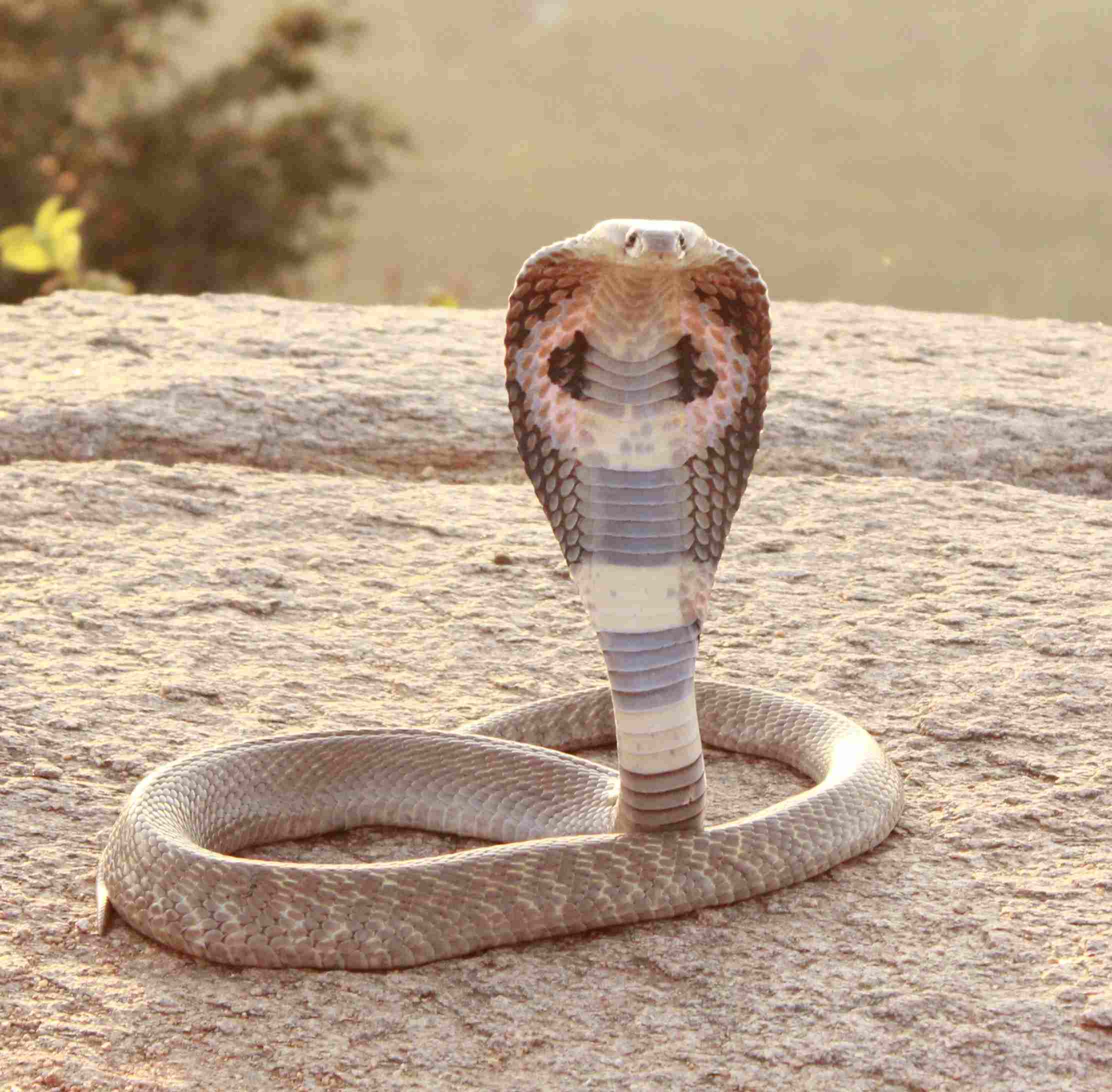
Monitor Lizard:
Tough, scaly skin provides a degree of protection.
Strong limbs and tails aid in escaping or confronting threats.
Cobra:
Hooding behavior serves as a defensive display to deter predators.
Some cobras can produce venom for defensive purposes.
Comparison: Monitors rely on physical attributes, while cobras employ a combination of behavior and venom as defense mechanisms.
Ecological Implications: Their defensive adaptations influence interactions with predators and competitors, shaping their ecological roles.
8. Speed (Km/hour or Mile/hour):
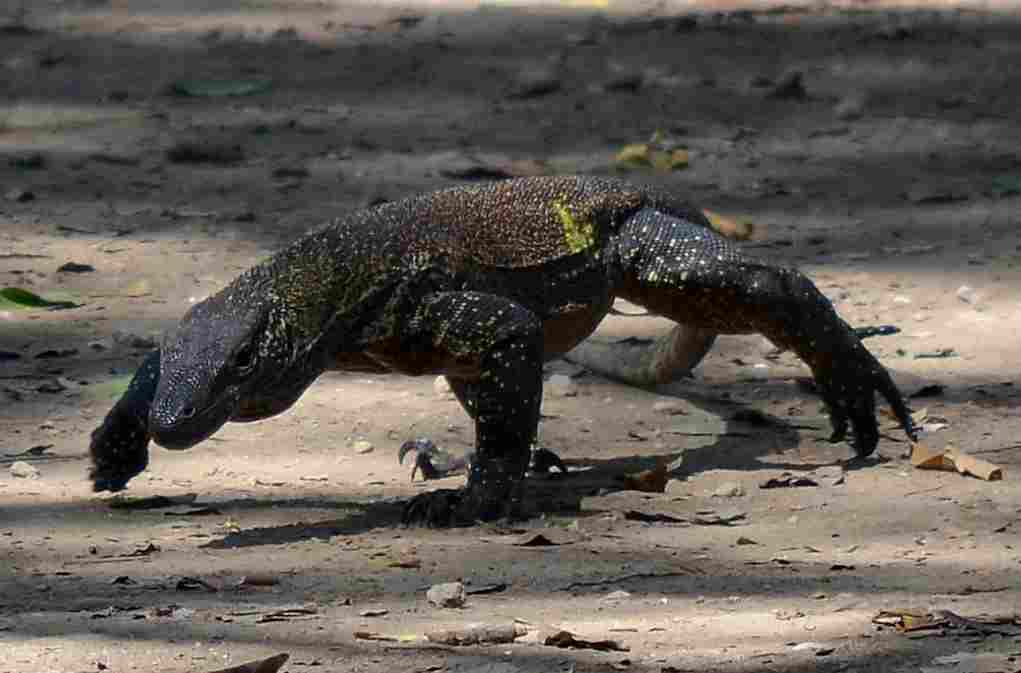
Monitor Lizard:
Varies among species; generally, moderate to fast runners.
Komodo dragons can reach speeds of up to 20 km/h (12 mph).
Cobra:
Limited ground speed; they are more adept at slithering and climbing.
Comparison: Monitors exhibit better ground mobility, emphasizing speed, while cobras excel in climbing and maneuvering.
Ecological Implications: Speed impacts their hunting efficiency and ability to evade predators, influencing their ecological roles within their habitats.
9. Agility:
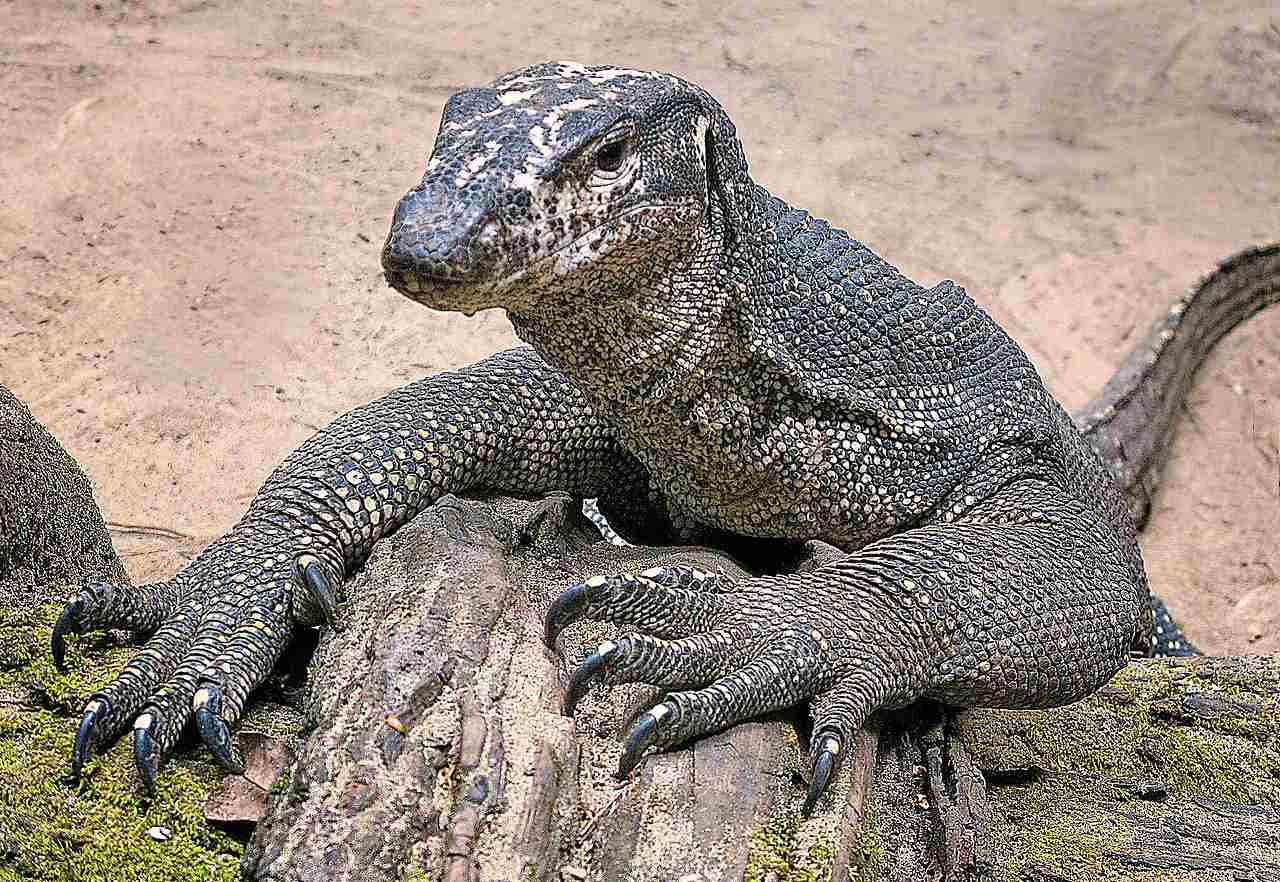
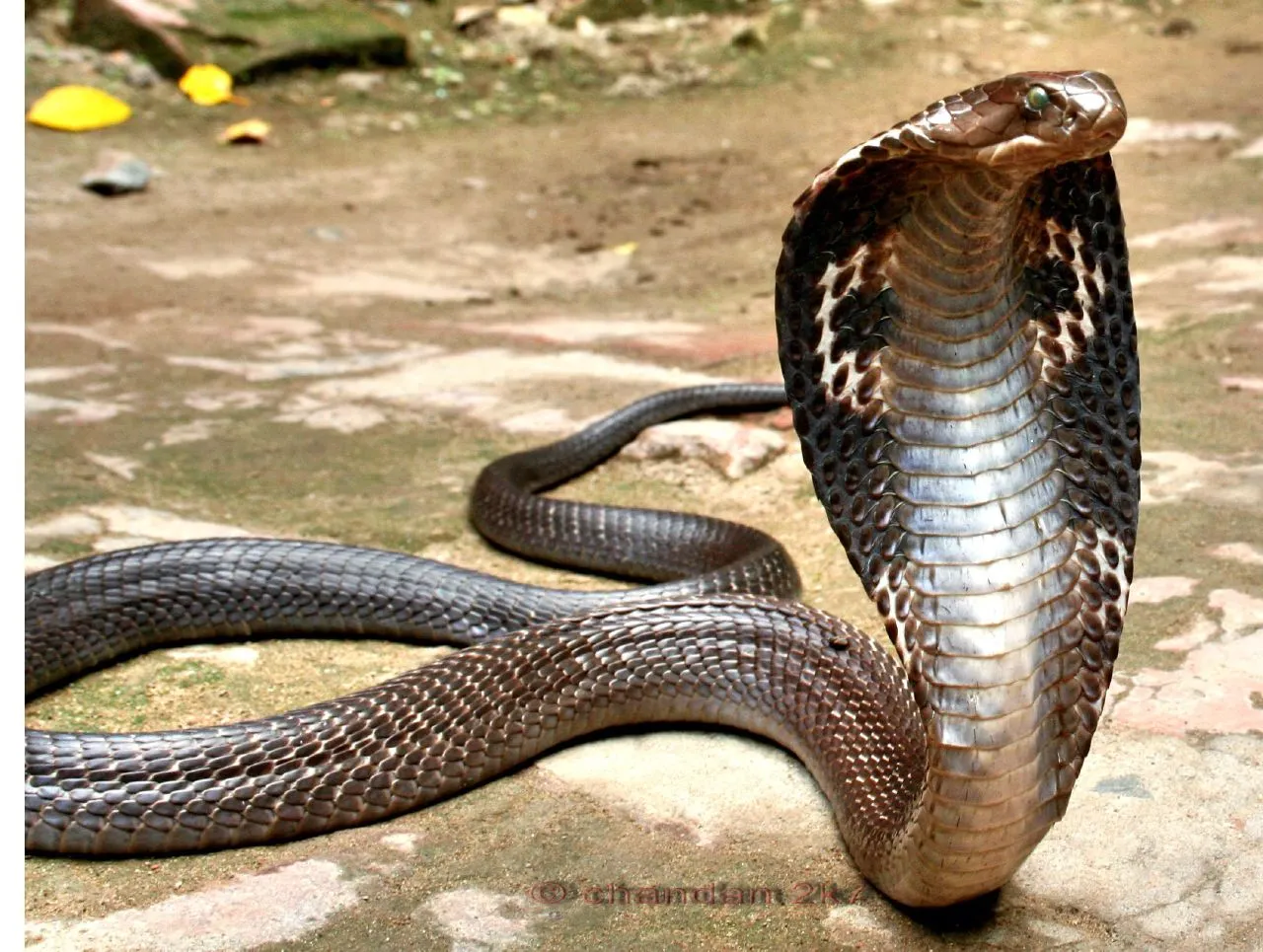
Monitor Lizard:
Agile climbers and swimmers, utilizing their tails for balance.
Demonstrates agility in pursuing and capturing prey.
Cobra:
Agile in slithering movements, especially in confined spaces.
Quick strikes with precise accuracy.
Comparison: Monitors showcase agility in various terrains, while cobras demonstrate agility in their unique slithering and striking behaviors.
Ecological Implications: Agility affects their ability to navigate diverse landscapes, contributing to their roles in ecosystems with different topographies.
10. Senses:
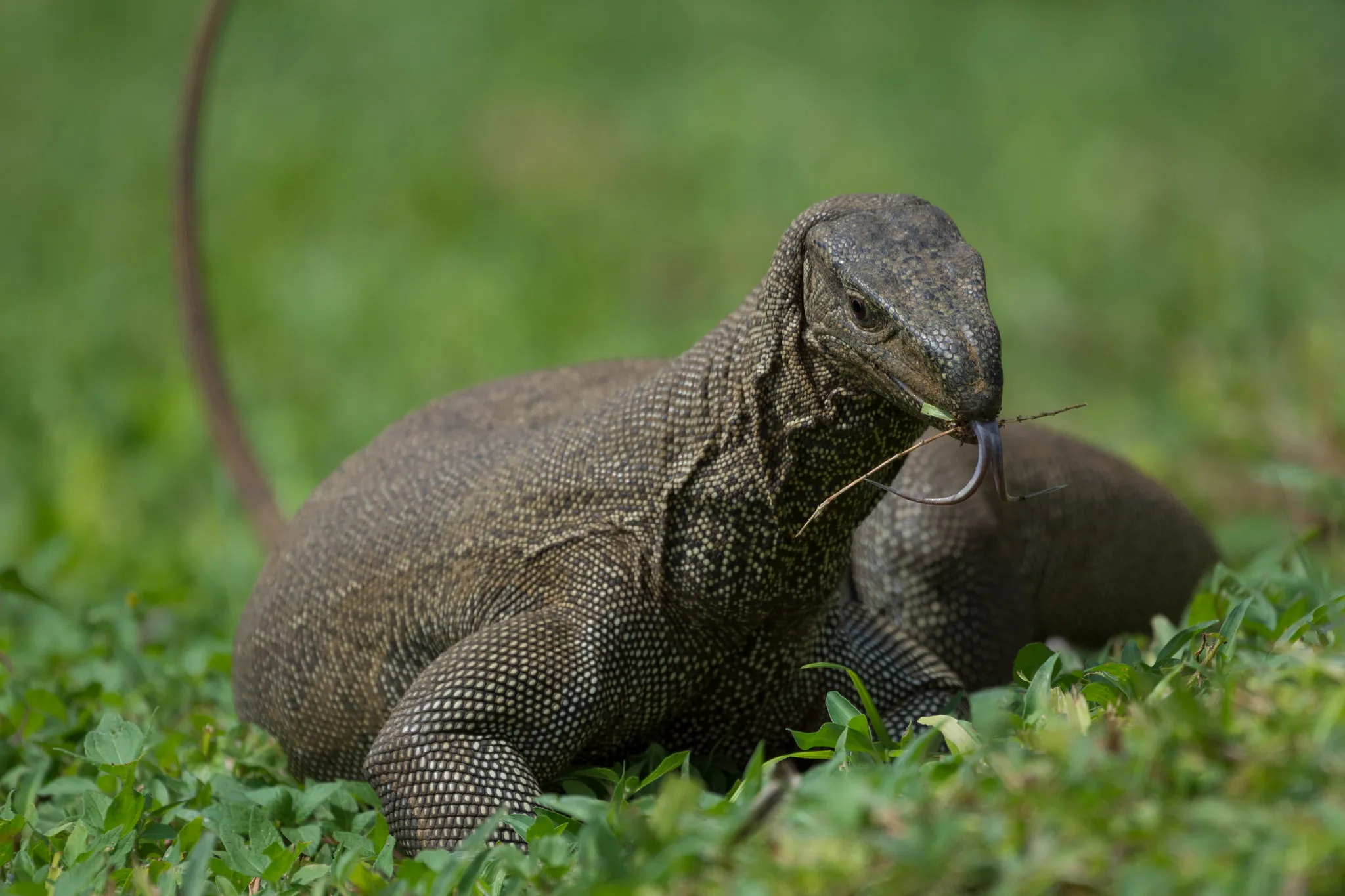
Monitor Lizard:
Excellent sense of smell using a forked tongue to detect scents.
Keen eyesight aids in hunting and monitoring surroundings.
Cobra:
Limited sense of smell; primarily relies on vision and vibrations.
Exceptional eyesight to locate prey and potential threats.
Comparison: Monitors rely more on olfaction, while cobras prioritize vision and vibration sensing.
Ecological Implications: Sensory adaptations influence their hunting strategies and interactions within their habitats.
11. Overall Physical Capacity:
Monitor Lizard:
Robust and adaptable physical structure.
Capable of covering diverse terrains, from forests to savannas.
Cobra:
Well-adapted for stealth and ambush hunting.
Suited for various environments, with a preference for concealed habitats.
Comparison: Monitors demonstrate versatility in habitat occupation, while cobras excel in ambushing prey.
Ecological Implications: Their overall physical capacities shape their ecological niches and roles within ecosystems.
12. Habitat Preference(s) and Geographic Region:
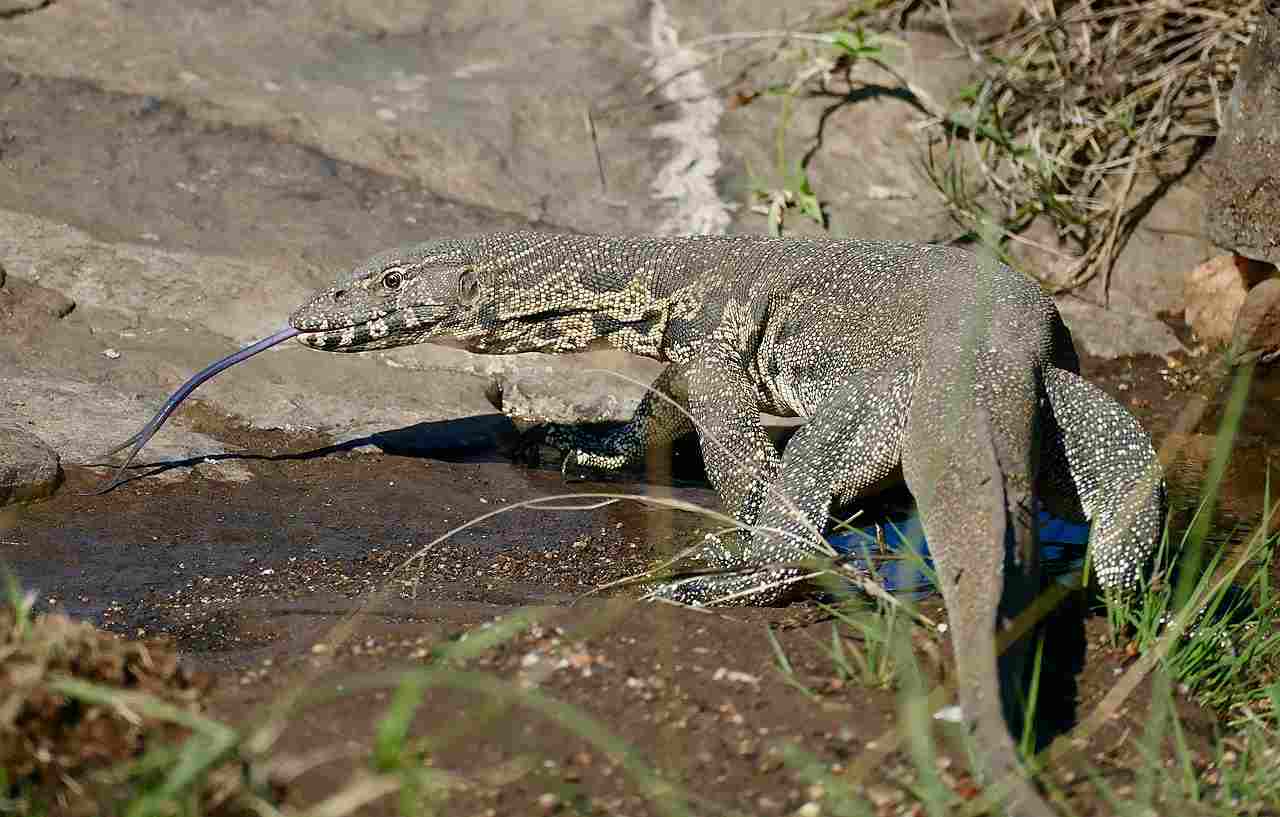
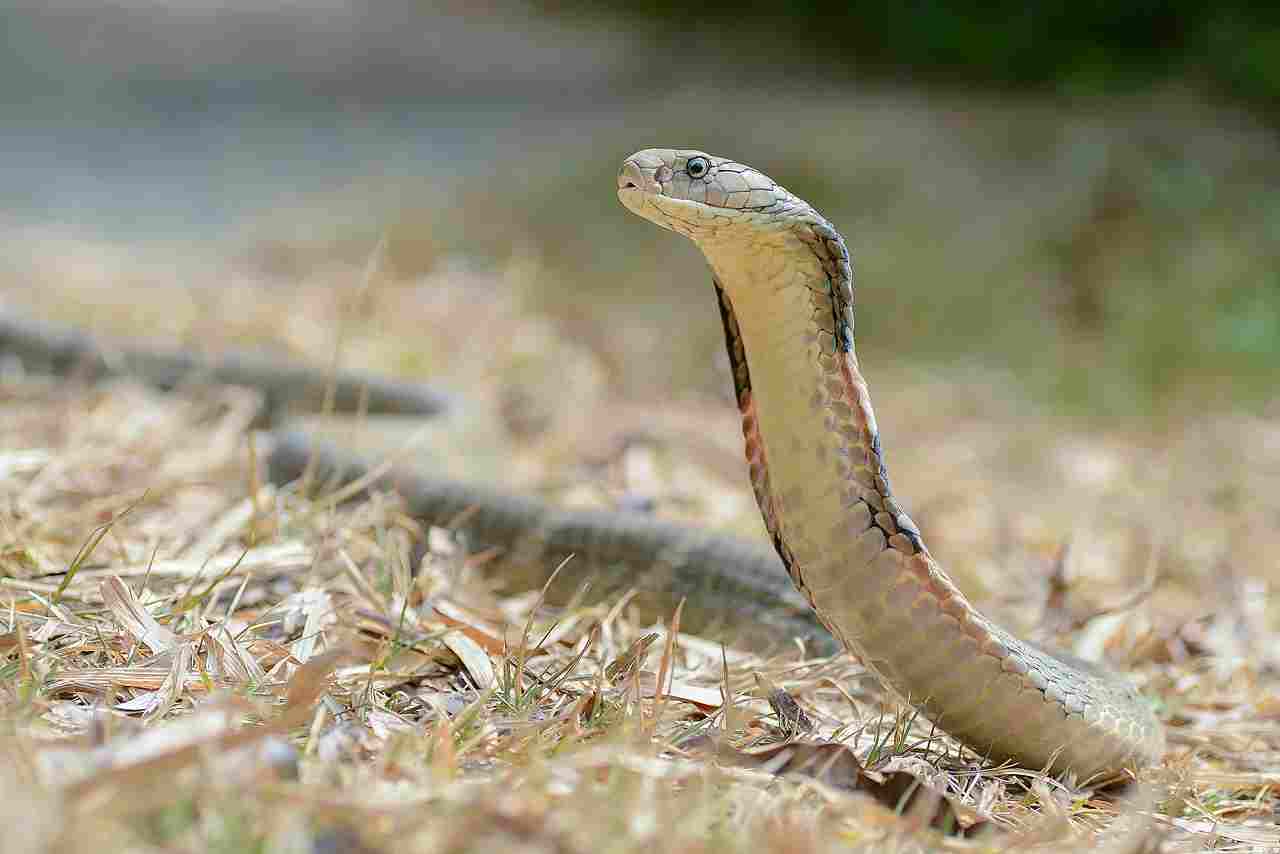
Monitor Lizard:
Diverse habitats, including forests, deserts, and coastal areas.
Varied geographic regions, from Africa to Southeast Asia.
Cobra:
Woodlands, grasslands, and areas with sufficient prey.
Found in Africa, Asia, and parts of the Middle East.
Comparison: While both inhabit diverse environments, monitors show broader habitat adaptability.
Ecological Implications: Habitat preferences affect their interactions with other species and contribute to the biodiversity of their respective regions.
13. Tracks:
Monitor Lizard:
Distinctive claw marks and tail drags in tracks.
Tracks may indicate the size and species of the monitor.
Cobra:
Slither marks on the ground; absence of limb prints.
Track patterns vary based on species.
Comparison: Monitors leave more visible and distinguishable tracks due to their limbs, while cobras leave slither marks.
Ecological Implications: Tracking can aid researchers and conservationists in monitoring populations and understanding their movements in specific habitats.
14. Lifespan:
Monitor Lizard:
Variable lifespan among species.
Generally, 10 to 30 years, with some reaching over 50 years in captivity.
Cobra:
Lifespan varies; generally, 12 to 20 years in the wild.
Captive lifespan can extend beyond 20 years.
Comparison: Monitors often have longer lifespans, especially in captivity.
Ecological Implications: Lifespan influences population dynamics and ecological interactions within their habitats.
15. Mode of Feeding:
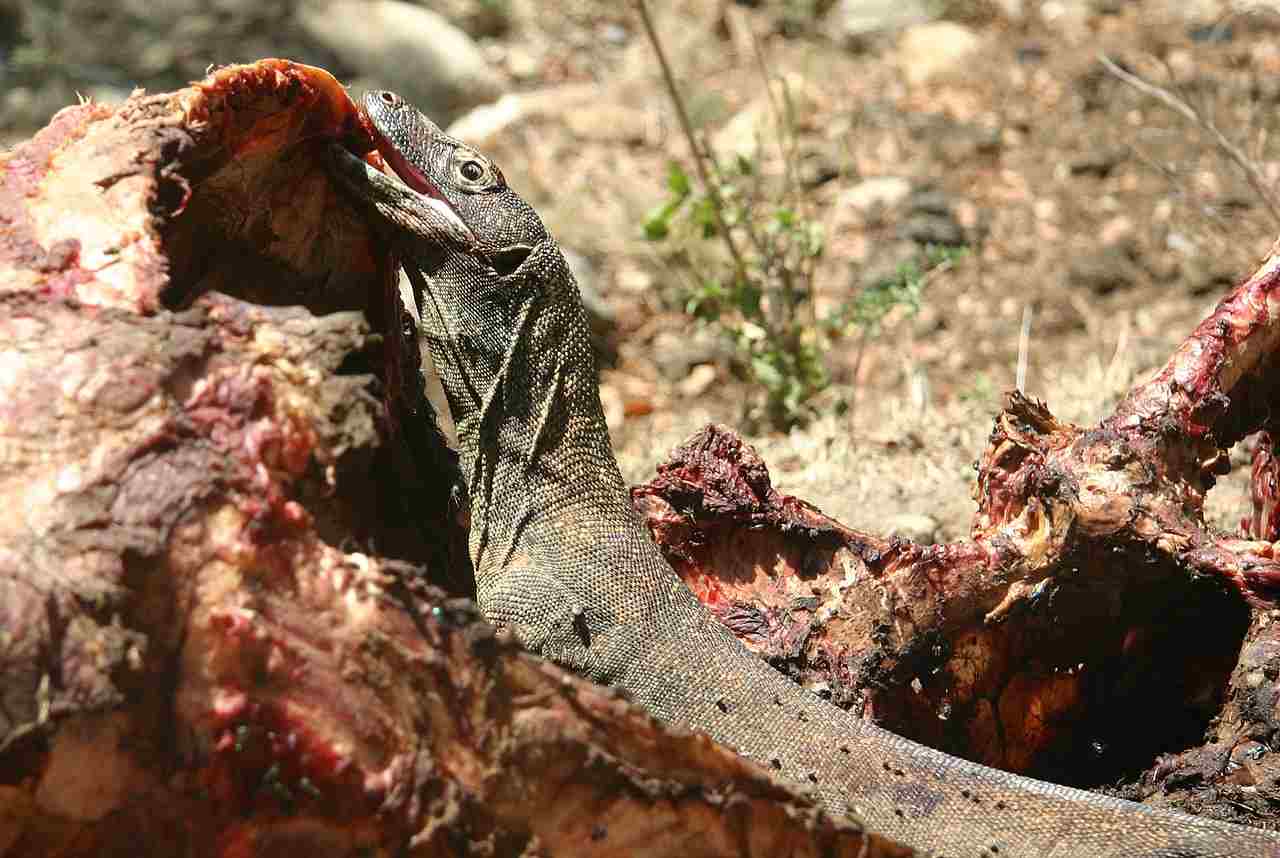
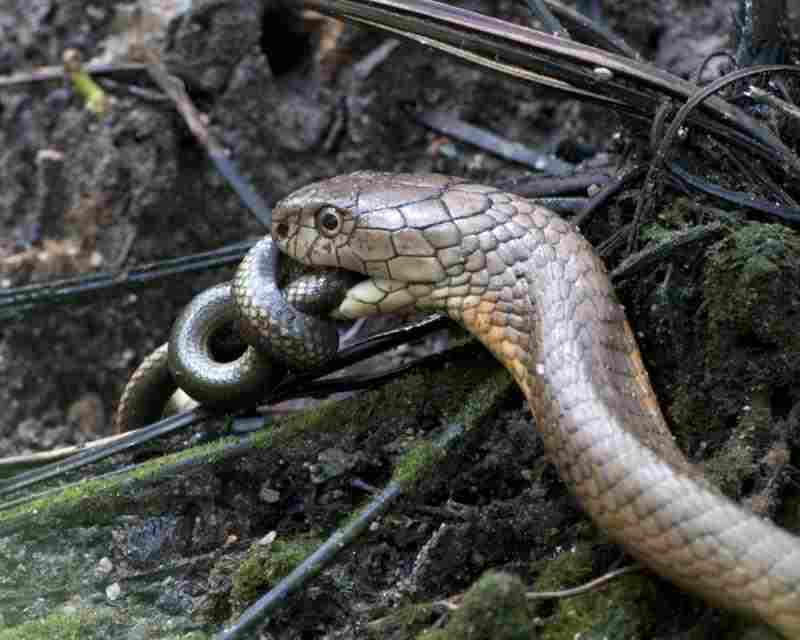
Monitor Lizard:
Carnivores with diverse diets, including insects, birds, and larger prey like mammals.
Use a combination of strength and cunning for hunting.
Cobra:
Carnivores, primarily consuming small mammals, birds, and amphibians, as well as other reptiles (including snakes).
Subdues prey using venom, consuming it once immobilized.
Comparison: Monitors display a wider range in prey size, employing different hunting strategies, while cobras focus on venom-assisted prey capture.
Ecological Implications: Feeding habits impact prey populations and contribute to the balance of ecosystems.
16. Intelligence:
Monitor Lizard:
Exhibits problem-solving skills and can learn from experiences.
Some species, like the Komodo dragon, display higher intelligence.
Cobra:
Limited cognitive abilities; primarily guided by instinct and sensory cues.
Comparison: Monitors generally exhibit more advanced cognitive abilities compared to cobras.
Ecological Implications: Intelligence affects their ability to adapt to changing environments and interact with other species.
17. Social Behavior:
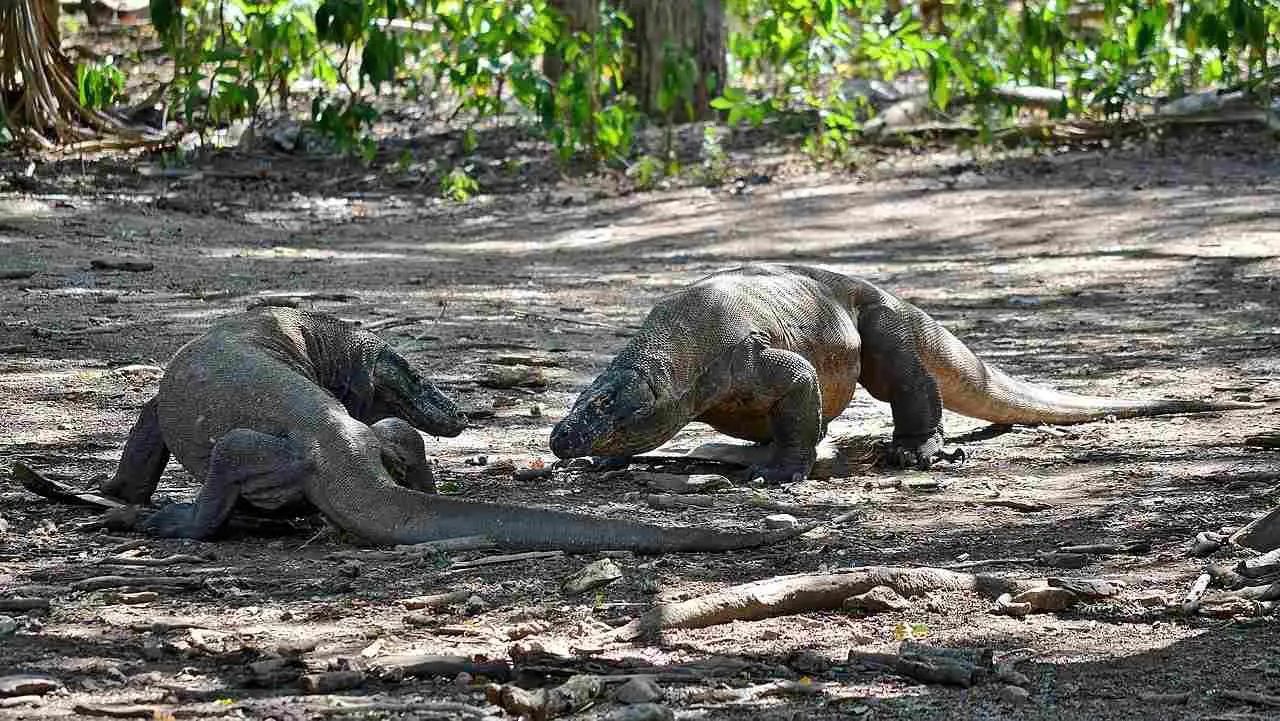
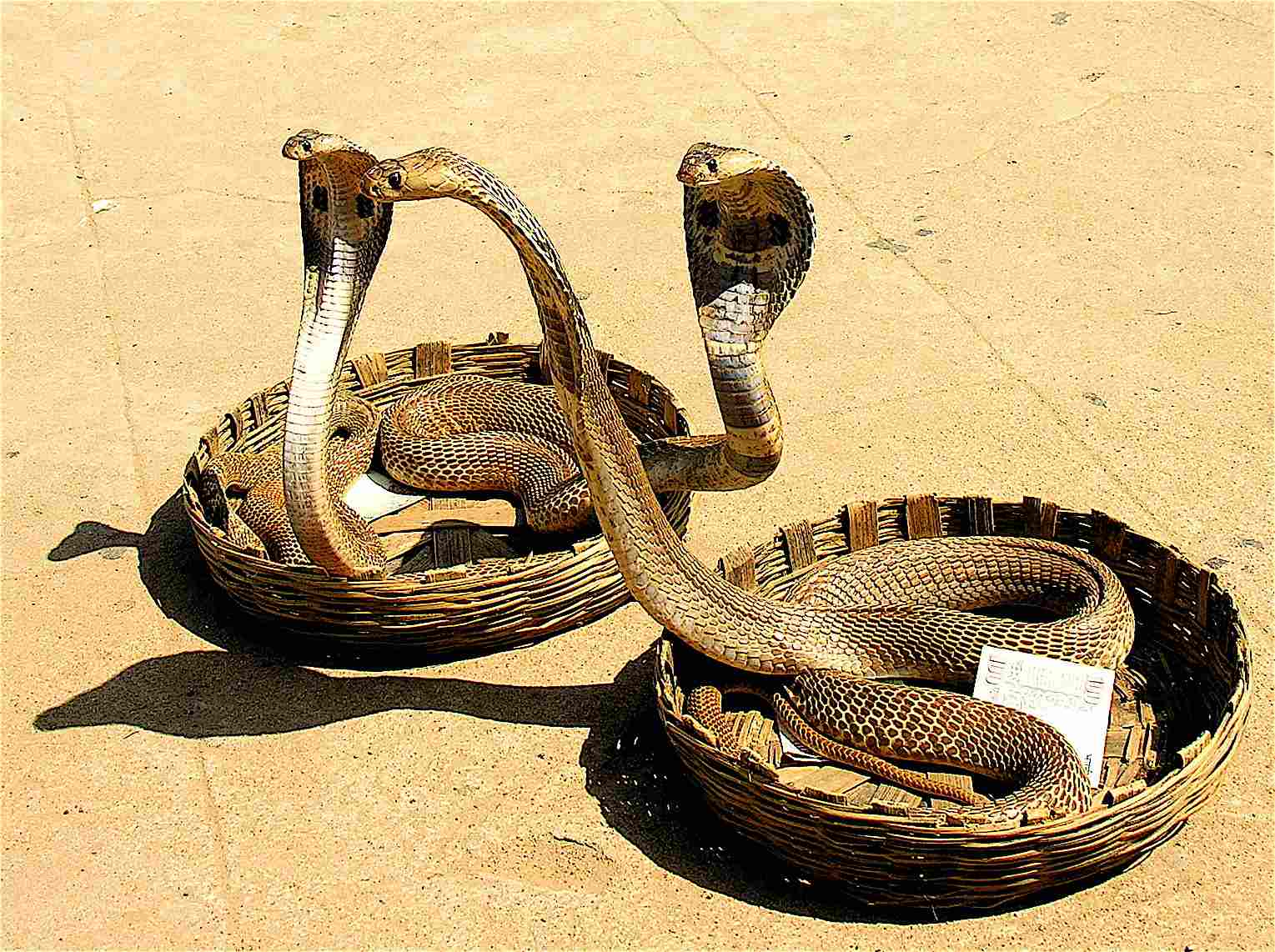
Monitor Lizard:
Varied social structures; some species are solitary, while others may form loose groups.
Social interactions often linked to mating and territory disputes.
Cobra:
Typically solitary, except during mating season.
Aggressive territorial behavior, especially in males.
Comparison: Monitors exhibit more diverse social structures, while cobras are predominantly solitary.
Ecological Implications: Social behaviors impact population dynamics, breeding patterns, and territorial dynamics within their habitats.
18. Mode of Reproduction:
Monitor Lizard:
Varied reproductive strategies; some lay eggs (oviparous), while others give birth to live young (viviparous).
Mating rituals involve courtship displays and territorial behaviors.
Cobra:
Oviparous, laying eggs in concealed locations.
Mating rituals include intricate courtship displays and interactions.
Comparison: Monitors exhibit both oviparous and viviparous reproduction, whereas cobras are exclusively oviparous.
Ecological Implications: Reproductive strategies influence population dynamics and contribute to species survival in diverse environments.
19. Parental Behavior:
Monitor Lizard:
Limited parental care; eggs may be guarded, but offspring are generally independent.
Young monitors are left to fend for themselves.
Cobra:
No parental care after laying eggs; offspring hatch and are independent.
Comparison: Both species show minimal parental care, with offspring being self-sufficient shortly after hatching.
Ecological Implications: Limited parental care impacts the survival rates of offspring and shapes population dynamics.
20. Proximity to Human-Inhabited Areas:
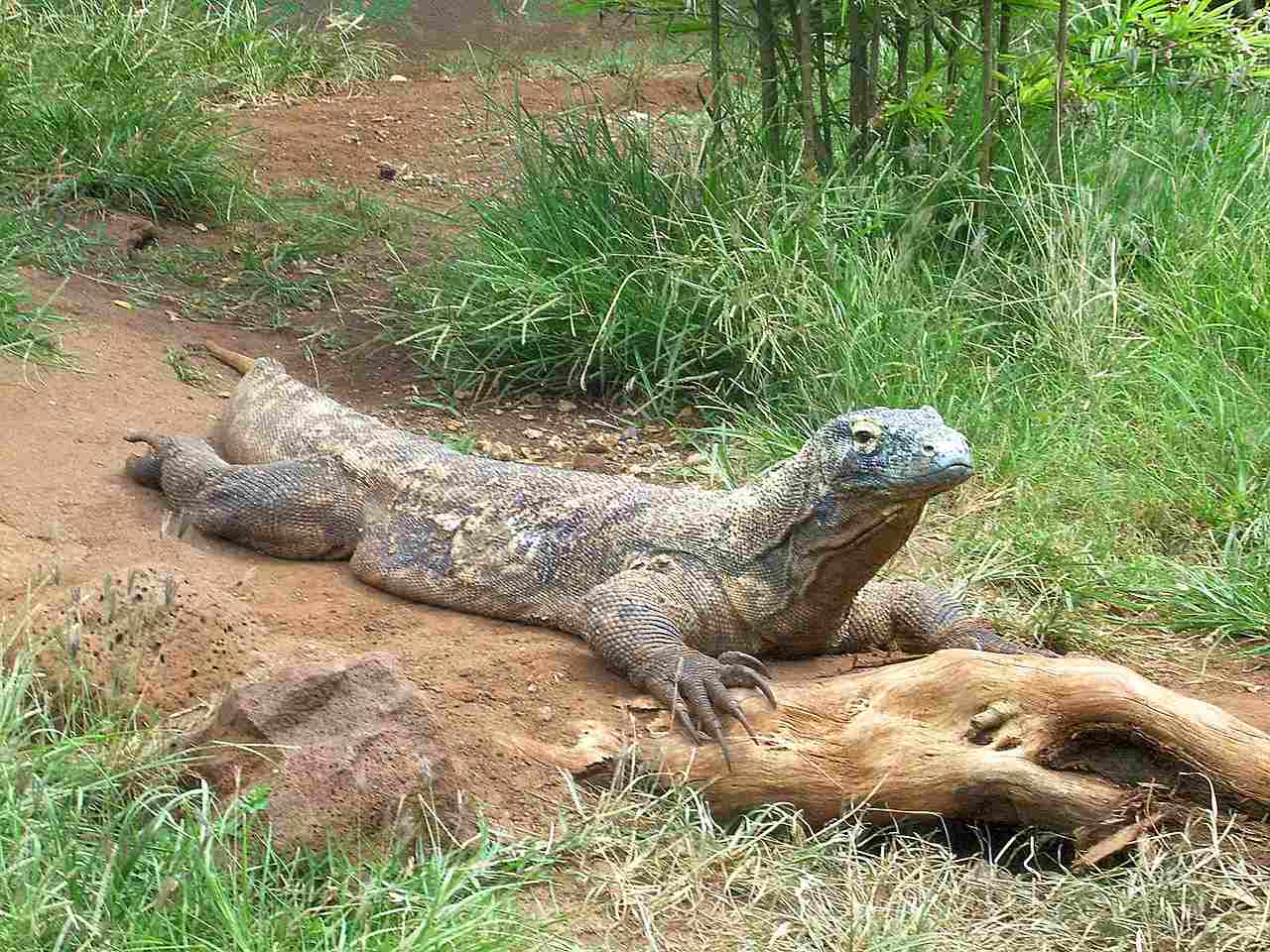
Monitor Lizard:
Tolerant of human presence; some species adapt well to urban environments.
Occasionally found near human settlements, scavenging for food.
Cobra:
Generally avoids human-populated areas but may enter in search of prey.
Encounters with humans often lead to conflict due to the perceived threat.
Comparison: Monitors may exhibit more adaptability to human presence compared to cobras.
Ecological Implications: The interaction with human habitats can lead to conservation challenges and potential conflicts.
21. Behavior Toward Humans:
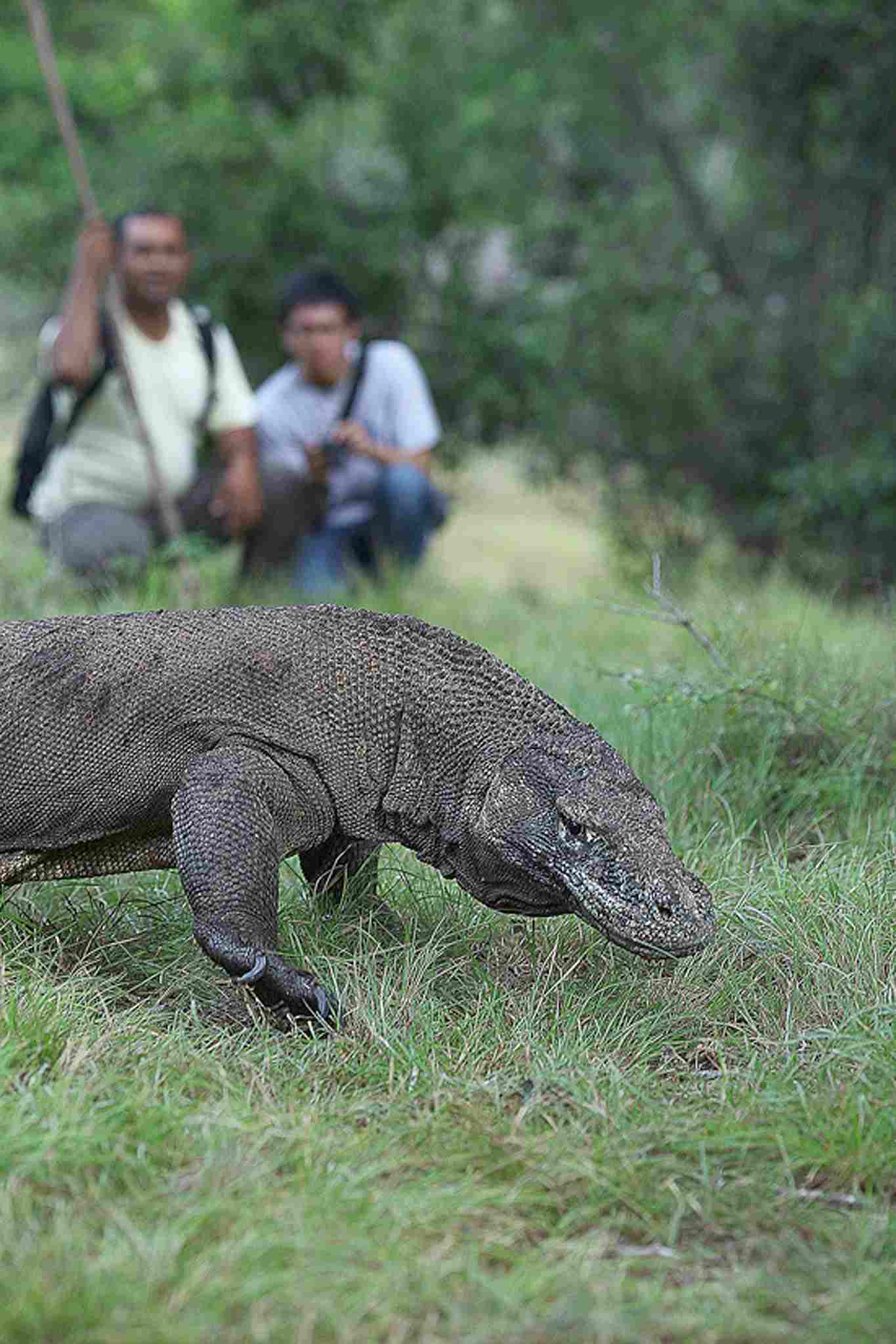
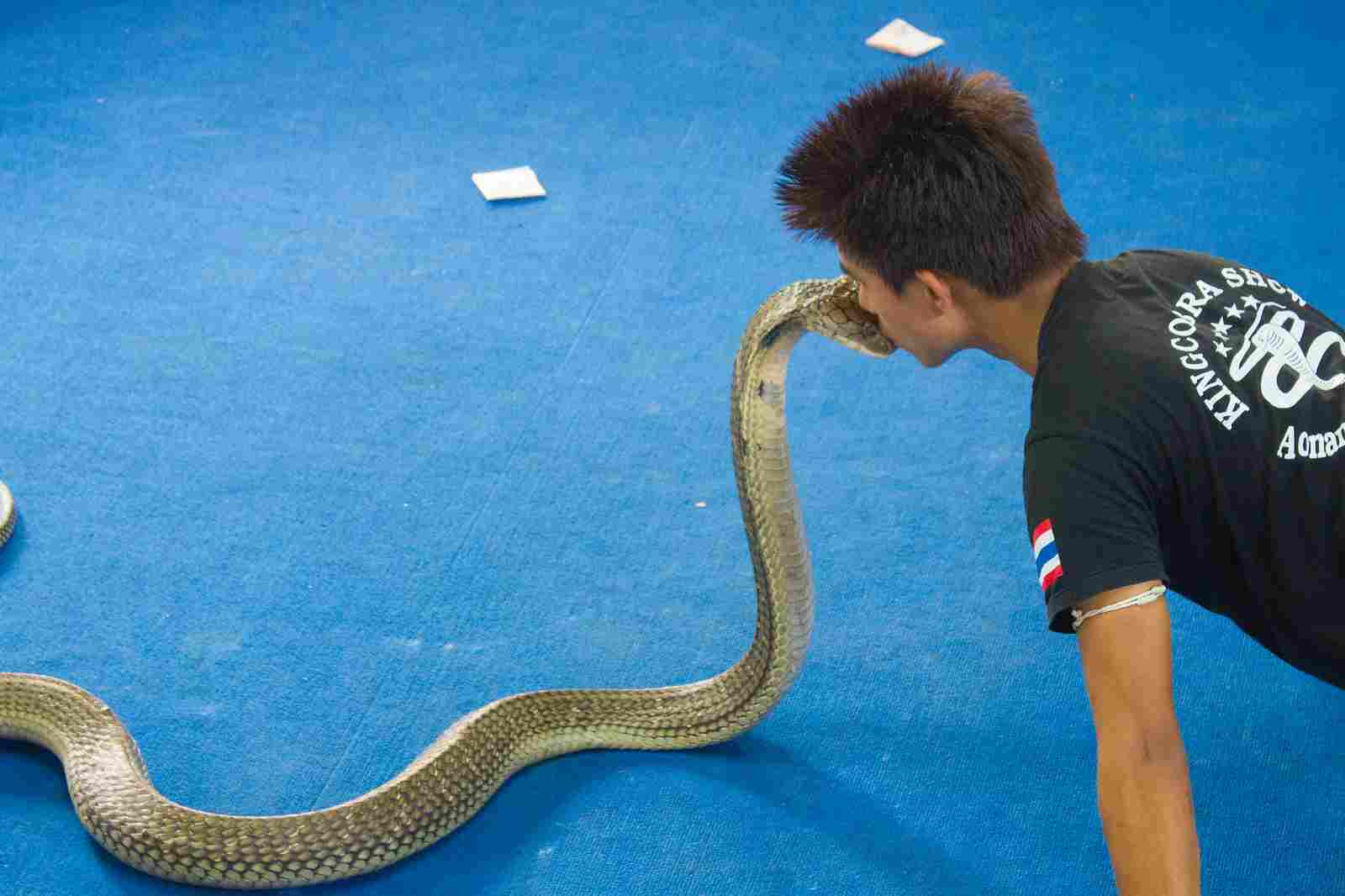
Monitor Lizard:
Generally shy, but may become aggressive if provoked.
Varied responses, with some species more tolerant of human presence.
Cobra:
Avoids confrontation but can be aggressive when threatened.
Defensive behavior, including hooding and hissing.
Comparison: Monitors often display more varied responses, with some species tolerating human presence better than cobras.
Ecological Implications: Their behavior toward humans can influence conservation efforts and the mitigation of human-wildlife conflicts.
22. Danger Posed to Humans:
Monitor Lizard:
Generally not considered highly dangerous to humans.
Rare cases of bites may occur if threatened, causing injury but rarely fatal.
Cobra:
Considered highly venomous; bites can be fatal without prompt medical intervention.
Aggressive behavior when cornered, increasing the risk of human encounters.
Comparison: Cobras pose a more immediate danger to humans due to their venom, whereas monitors are less threatening.
Ecological Implications: The perception of danger influences human attitudes toward these species, impacting conservation and management strategies.
23. Associated Precautions:
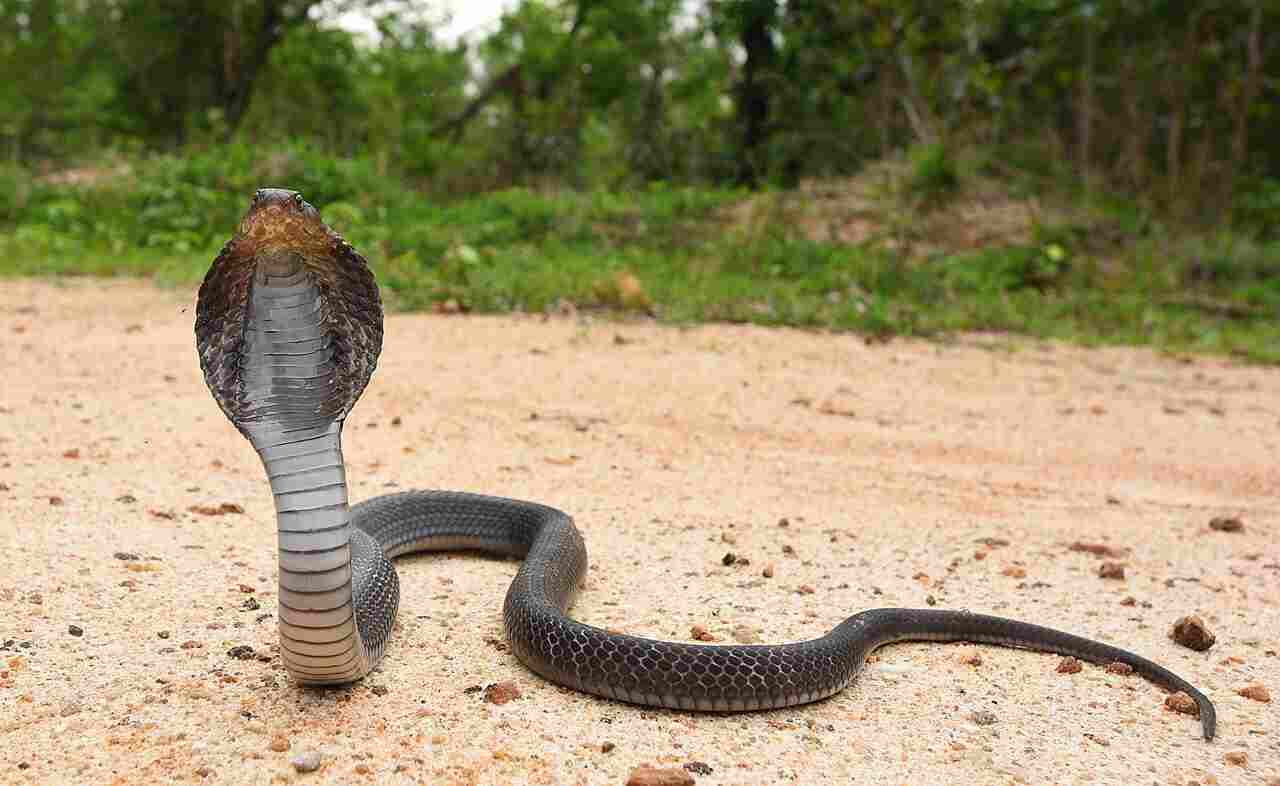
Monitor Lizard:
Caution advised when encountering large individuals to avoid potential aggression.
Relocation measures may be employed to prevent conflicts in urban areas.
Cobra:
Extreme caution necessary; avoid provoking or approaching cobras.
Antivenom and medical facilities are crucial in areas where cobras are present.
Comparison: Precautions are generally more stringent for cobras due to the immediate threat of venom.
Ecological Implications: Human precautions influence coexistence strategies and conservation initiatives.
24. Conservation Status:
Monitor Lizard:
Varied conservation statuses based on species; some are of least concern, while others face threats.
Habitat loss and illegal trade contribute to conservation challenges.
Cobra:
Conservation status varies among species; some are of least concern, while others are endangered.
Habitat loss, illegal trade, and human persecution contribute to conservation concerns.
Comparison: Both face conservation challenges, with factors like habitat loss and illegal trade impacting their populations.
Ecological Implications: Conservation efforts are essential to maintaining their roles in ecosystems and preventing biodiversity loss.
*Summary of Comparison
Taxonomy:
Monitors: Family Varanidae, Genus Varanus.
Cobras: Family Elapidae, Genus Naja.
Appearance:
Monitors: Robust, varied colors, sharp claws.
Cobras: Slender, vibrant colors, hooded appearance.
Size:
Monitors: Varied, some exceeding 10 feet.
Cobras: Generally 4 to 9 feet.
Weight:
Monitors: Variable, some exceeding 150 pounds.
Cobras: Generally a few to 20 pounds.
Bite Force (PSI):
Monitors: Variable, emphasis on strong bite.
Cobras: Primarily venomous bites.
Physical Offensive Advantages:
Monitors: Strong bite and potential bacterial infection.
Cobras: Venomous fangs for prey subduing.
Physical Defensive Advantages:
Monitors: Tough skin, strong limbs.
Cobras: Defensive hooding behavior, venom.
Speed:
Monitors: Moderate to fast runners.
Cobras: Limited ground speed, excel in climbing.
Agility:
Monitors: Agile climbers and swimmers.
Cobras: Agile in slithering and striking.
Senses:
Monitors: Excellent smell, keen eyesight.
Cobras: Limited smell, exceptional eyesight.
Overall Physical Capacity:
Monitors: Robust and adaptable.
Cobras: Suited for stealth and ambush.
Habitat Preference(s) and Geographic Region:
Monitors: Diverse habitats, global distribution.
Cobras: Woodlands, grasslands, Africa, Asia, Middle East.
Tracks:
Monitors: Claw marks, tail drags.
Cobras: Slither marks, no limb prints.
Lifespan:
Monitors: Varied, some over 50 years in captivity.
Cobras: Generally 12 to 20 years.
Mode of Feeding:
Monitors: Carnivores, varied diets.
Cobras: Carnivores, focus on venom-assisted prey capture.
Intelligence:
Monitors: Exhibit problem-solving skills.
Cobras: Limited cognitive abilities.
Social Behavior:
Monitors: Varied social structures.
Cobras: Predominantly solitary.
Mode of Reproduction:
Monitors: Varied, oviparous and viviparous.
Cobras: Oviparous.
Parental Behavior:
Monitors: Limited parental care.
Cobras: No parental care after laying eggs.
Proximity to Human-Inhabited Areas:
Monitors: Tolerant, adapt to urban environments.
Cobras: Generally avoid human-populated areas.
Behavior Toward Humans:
Monitors: Varied responses, some tolerate human presence.
Cobras: Generally defensive, may be aggressive when threatened.
Danger Posed to Humans:
Monitors: Generally less dangerous; bites can cause injury.
Cobras: Highly venomous, bites can be fatal.
Associated Precautions:
Monitors: Caution advised, relocation measures.
Cobras: Extreme caution, antivenom crucial.
Conservation Status:
Monitors: Varied, face habitat loss and illegal trade.
Cobras: Varied, conservation concerns due to multiple factors.
Conclusion
I). Similarities:
Both belong to the order Squamata and share reptilian characteristics.
Face conservation challenges due to habitat loss and illegal trade.
II). Differences:
Varying physical attributes, offensive and defensive mechanisms.
Diverse reproductive strategies and parental behaviors.
Differences in danger posed to humans and associated precautions.

